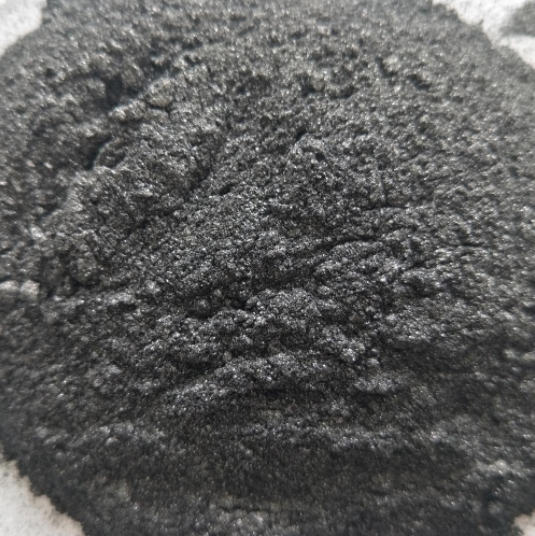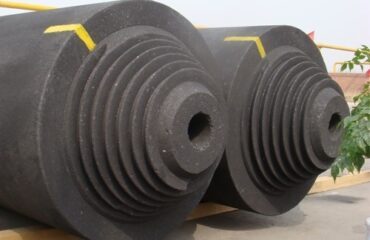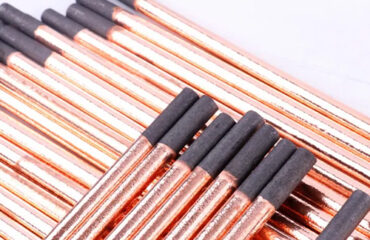
Scholars at home and abroad have carried out preliminary analysis and Research on the crack formation and propagation, chip shape and size, and the interaction between tool and workpiece material in graphite ordinary cutting and high-speed machining. Das believes that when graphite turning is carried out with positive rake tool, a large chip will be generated first, and an arc groove will be left on the surface of the workpiece to be processed, and then it will be removed in the form of small chips; When the negative rake tool is used for machining, due to the synchronous expansion of multiple sliding surfaces, the chip produced is mainly small particle chip.
When studying the turning process and characteristics of carbon graphite materials, it is pointed out that the cutting tools do not simply peel off the surface of graphite blank, but “cut and peel” or “crush and peel” the particles on the cutting surface according to the properties of cutting tools and blank, the cutting factors of cutting tools and the sharpness of cutting edge. The cutting force in the cutting process of carbon graphite materials is irregular Intermittent high-frequency impact force; In addition, there is considerable friction between carbon particles and cutting edge in high-speed relative motion. It is considered that the cutting process of graphite material is mainly that the surface of the processed material is cracked (crushed) by the extrusion force of the tool edge, which is actually the friction between the edge 1:3 and the processed material. It is mentioned that the chip powder particles in stone burning ink turning are concave convex and broken. The shape of the new grinding tool chip is seriously irregular, the surface is multi angular, and the size is tens to hundreds of microns. With the increase of tool wear, the average diameter of the chip particles is approximately spherical, and the concavity and convexity of the powder surface decreases by 14.


